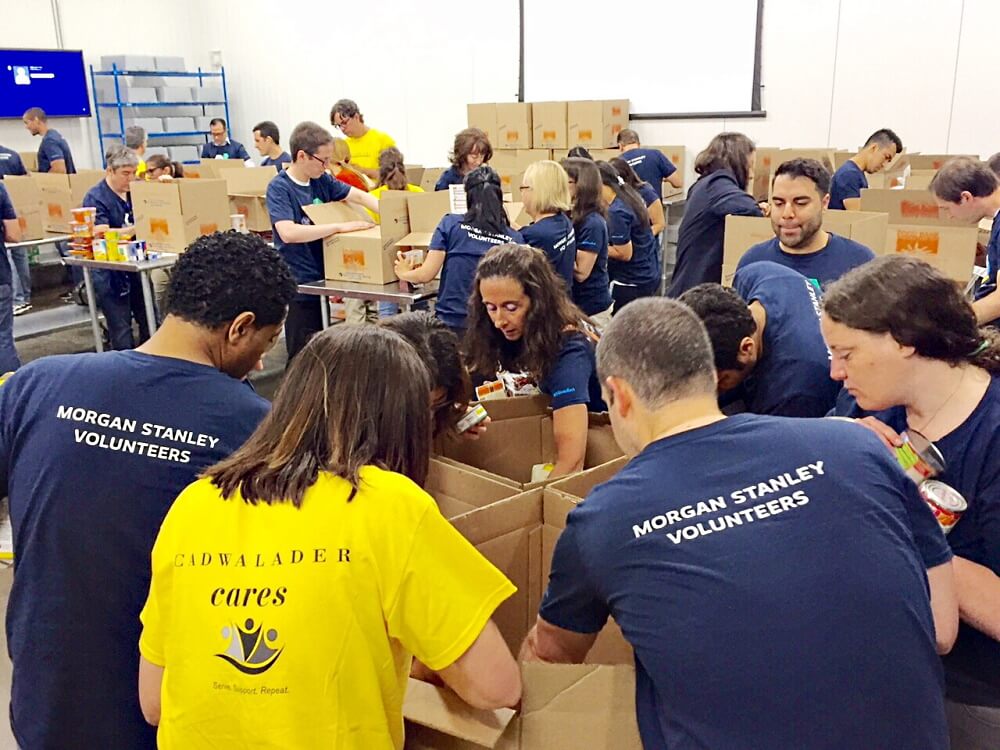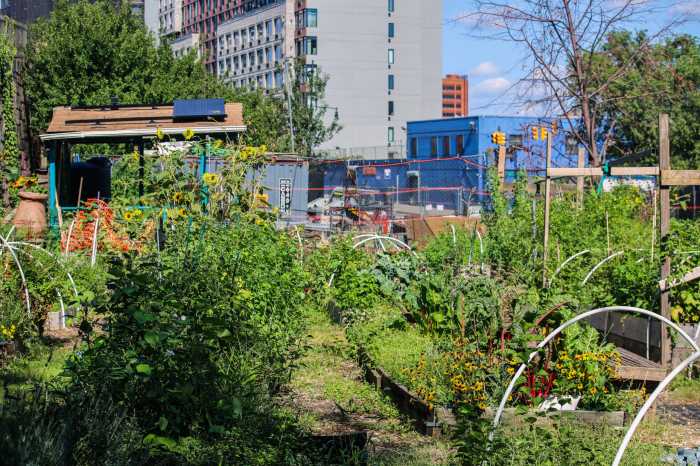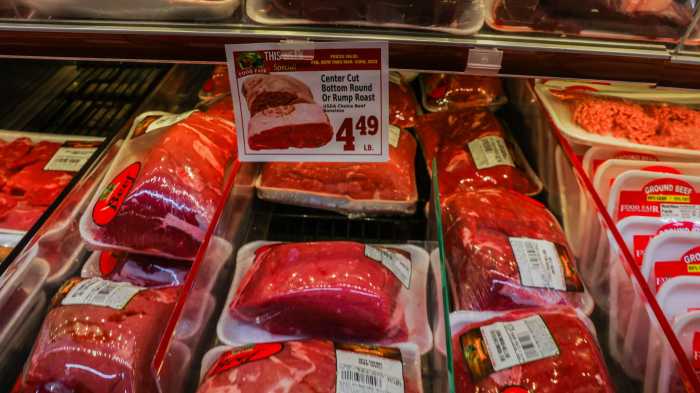Over the next six weeks, the city’s legal community will be fighting food insecurity, but not in a courtroom or a judge’s chambers. Instead, 17 NYC-based law firms involved in hunger-relief organization Food Bank for New York City’s Justice Served fundraising campaign are hoping to raise more than $200,000 — equivalent to 1 million meals — in an effort to drive down hunger.
Last year’s campaign raised $160,000. In 2023, Food Bank is looking “beyond food” to tackle food insecurity in the city.
The Bronx has one of nation’s highest rates of food insecurity, and last year Food Bank provided nearly 32 million free meals to the borough, which accounts for more than 26% of the organization’s total meal distribution across the five boroughs.
But Food Bank’s new approach, they tell the Bronx Times, is to address the systemic challenges that are leaving the Bronx’s hungriest families underresourced. This means securing housing referrals, access to resources like SNAP benefits and finding pathways to long-term employment and educational opportunities.
How hungry families, food pantries plan to tackle a looming holiday season
According to the U.S. Bureau of Labor Statistics, unemployment in the Bronx is more than 8% — the highest rate across the five boroughs — and more than 27% of Bronxites are living below the federal poverty level.
“As has been reported time and time again across the media, rates of poverty, including those facing food insecurity in the Bronx, are incredibly high,” said a spokesperson from Food Bank. “Today, we’re seeing these numbers increase because of historical inflation, pandemic devastating impact, a challenging job market, and many other factors.”
The organization plans to work with local community centers, other organizations and religious institutions to incorporate culturally relevant foods and a more diverse food-choice at their mobile distributions, pop-up distributions and campus pantries this year.
The U.S. Department of Agriculture (USDA) defines food insecurity as a lack of consistent access to enough food for every person in a household to live an active, healthy life. More than 34 million people, including 9 million children, experience food insecurity in the U.S.
Last month, the USDA predicted a slower rise in food prices in 2023 than in 2022, but still above historical average rates. According to the USDA, all food prices are predicted to increase 7.1% with an estimated range between 4.2%-10.1%.
Groceries are expected to rise by 8% this year.
“Prices are expected to continue increasing for eight additional food categories that experienced consistent growth throughout 2022,” the monthly Food Price Outlook stated. Fats and oils are forecast to climb by 16.5%, cereals and bakery products by 12%, and sugar and sweets by 10.6%, according to the report.
The method USDA uses to track 2023 food inflation is relatively new, implementing a forecasting approach called the time-series econometric method, with the expectation of greater accuracy.
Reach Robbie Sequeira at rsequeira@schnepsmedia.com or (718) 260-4599. For more coverage, follow us on Twitter, Facebook and Instagram @bronxtimes























